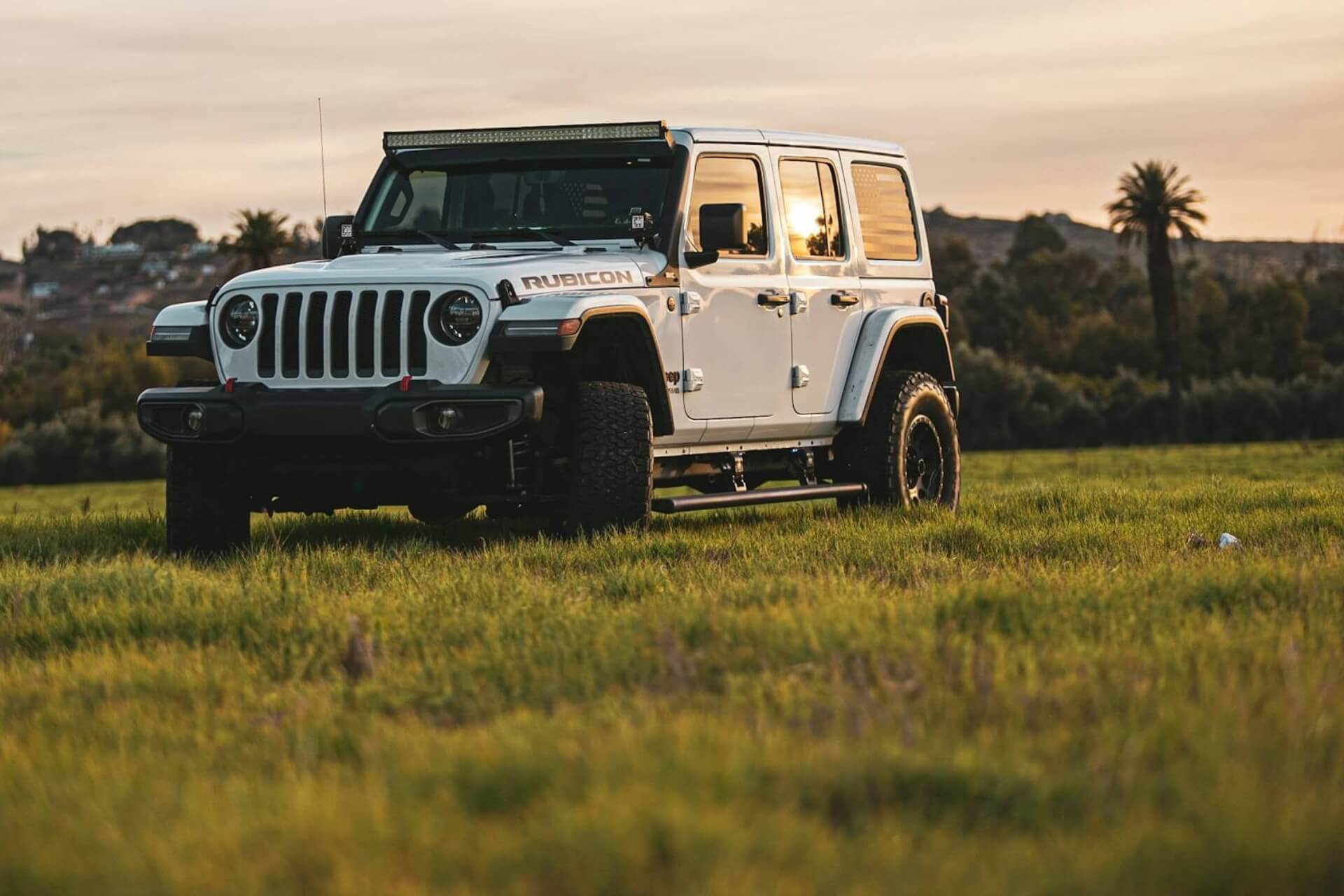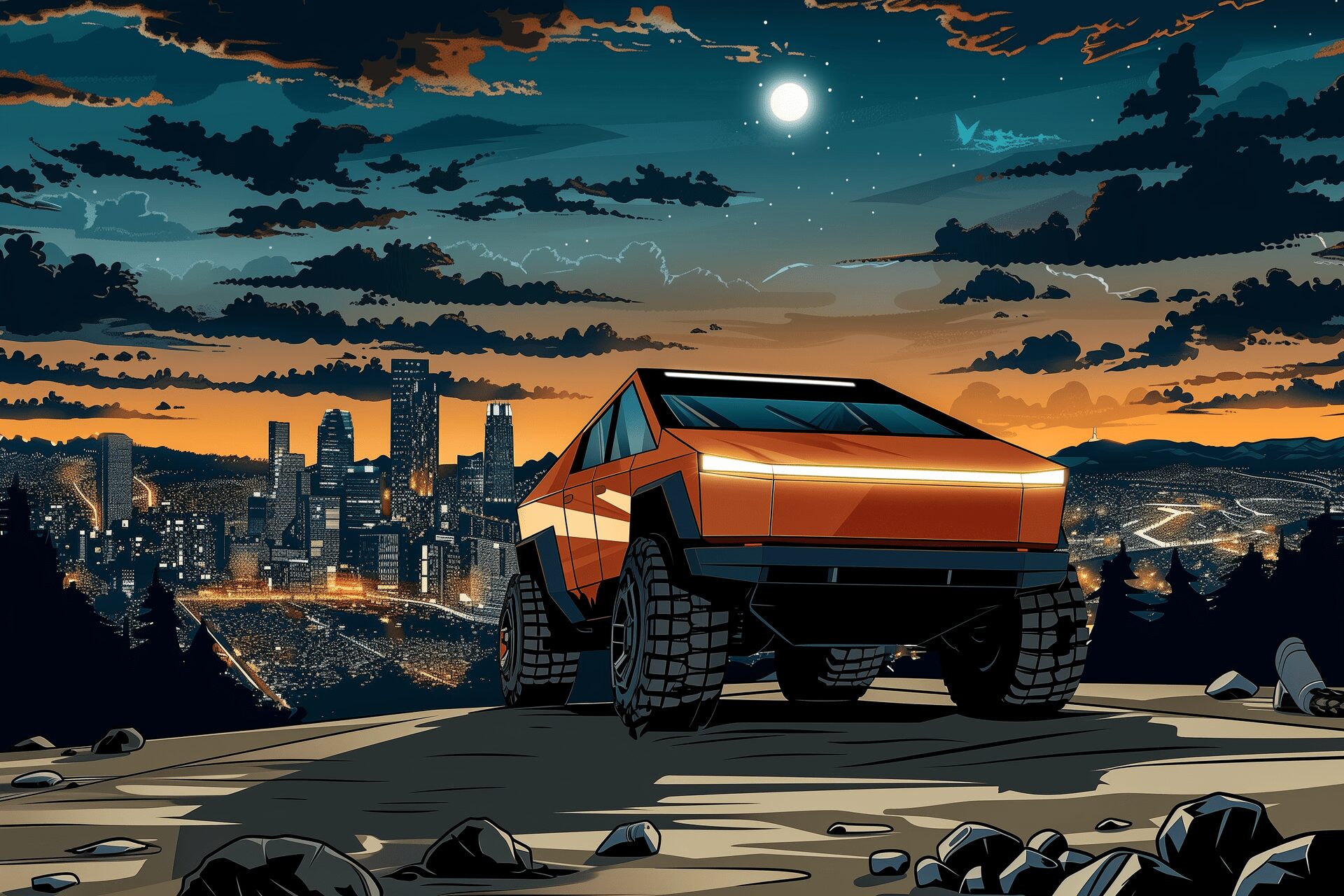AWD vs. 4WD — Which Is Better?
Nov 05, 2021

As an Amazon Associate, Modded gets commissions for purchases made through links in this post.
Every major automaker offers one or more all-wheel-drive models these days, and it begs the question, what did people do in a time before AWD? The answer, of course, is that they drove mostly front-wheel and rear-wheel-drive cars. There was, however, an option for those seeking extra grip in the time before AWD. That option was four-wheel-drive. If you compare AWD vs. 4WD, aren’t they the same thing? Well, not exactly.
Tried and True: Four-Wheel-Drive
Before anyone ever considered the benefits of extra grip on tarmac, Jeeps and agricultural vehicles were gallivanting all over the unpaved globe, sometimes getting stuck. Four-wheel-drive developed out of necessity. It delivered extra traction for use in off-road applications, and that’s pretty much the only place someone would think to use it.
A typical four-wheel-drive system uses front and rear differentials to distribute power evenly between driven wheels. This action has the effect of adding grip when the vehicle is moving in loose terrains such as gravel or soft earth, but drive a four-wheel-drive vehicle on the road, and you might experience some unsavory grinding around corners. That’s because the system keeps both wheels turning at roughly the same speed. That’s easy on a slippery surface, but when tires are gripping tarmac, it puts huge loads on a car’s axles and universal joints.
To avoid damaging these drivetrain pieces, four-wheel-drive can be disabled. In fact, nearly all 4WD vehicles operate in 2WD until 4WD is engaged. This setup allows drivers to get the benefit of 4WD when they’re driving in technical terrain but retain the on-road manners of a commuter vehicle when the extra grip isn’t needed. But what if you want to enjoy the tenacious grip of four-wheel-drive on a paved surface? Well, there’s a system for that.
High-Tech and High-Traction: All-Wheel-Drive
Unlike 4WD, which was available in military trucks dating back as far as the 1920s with commercially available trucks becoming popular decades later, all-wheel-drive didn’t enter the public eye until the 1980s. Manufacturers like Porsche, Audi and Lancia began using advanced drivetrains on their racing cars, which translated into public interest in using 4WD on the road.
To curb the unattractive hopping and grinding that can occur when you drive on tarmac with 4WD engaged, all-wheel-drive introduced a center differential. This new power-splitting device allowed torque to shift from front to rear and from wheels with traction to wheels without traction. The behavior increased cornering grip and imbued cars with the ability to claw their way through bends and execute high-speed turns in off-road settings. The legend of all-wheel-drive was born.
Modern all-wheel-drive cars don’t have the on/off behavior that 4WD offers. They’re all-wheel, all the time. That’s convenient for drivers who don’t want to worry about checking to ensure their transfer case still works. It’s also great if you don’t want to think about whether the electric motor that engages four-wheel has gone out in the season since you used it last. It makes this type of system much better for high-performance applications as well, where the aim is to extract as much grip as possible rather than drive on loose or slick surfaces.
Which Is Right for You?
There’s really no clear winner if you’re comparing 4WD and AWD. They each have different functions. You’re better off asking the question from the standpoint of what you want to do with a vehicle than as an objective measure of good or bad.
The reason many pickup trucks and SUVs use four-wheel-drive is for off-road applications. When you go off-road, drivetrains need to be robust and the majority of driving takes place at lower speeds. Four-wheel-drive hardware is typically more robust. The ability to switch to 2WD, which saves fuel and improves ride quality, makes a truck or SUV a versatile workhorse. These vehicles can do double duty, taking the family to the ski hill on the weekends.
Passenger cars that use all-wheel-drive might not be as well-suited for an off-road expedition but will benefit from a more secure ride on slippery roads. Additionally, all-wheel-drive tends to be the choice of manufacturers seeking cornering grip, and in a world where high-performance cars are delivering higher and higher horsepower numbers, AWD is becoming more common in applications where two wheels just aren’t enough to put all that grunt down.
Should you choose one over the other? Perhaps depending on your application, but you could easily have a two-car garage with one of each. AWD and 4WD systems are becoming cheaper to manufacture and more reliable every year, and as such, they’ve become common features on many popular commuter cars.
Are you the proud owner of a 4WD or AWD car? Let us know how you like it and why you chose the system you did in the comments section below!





